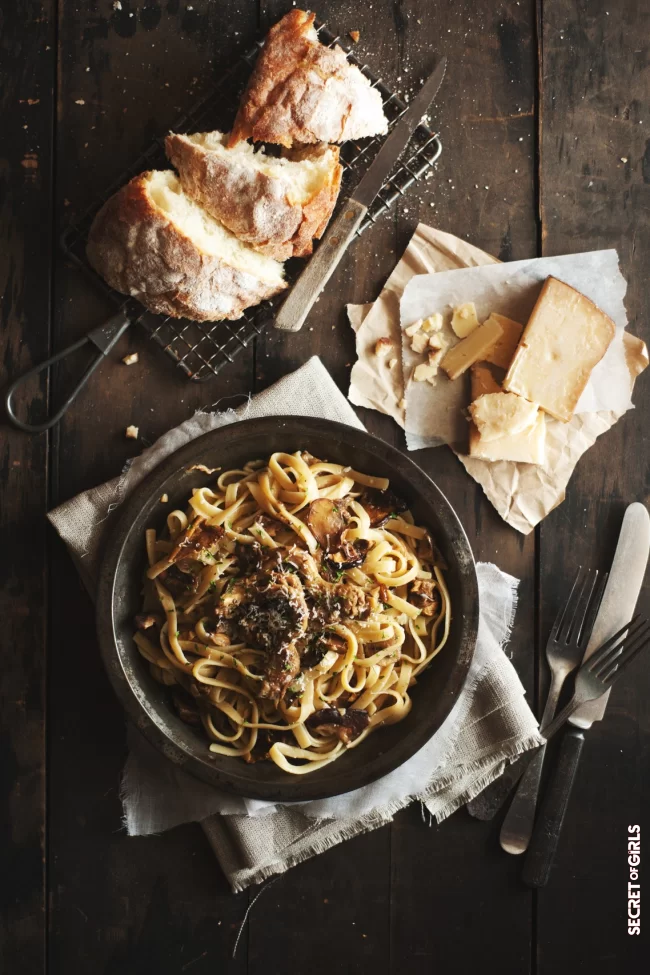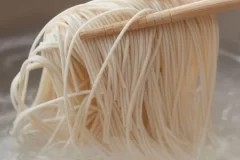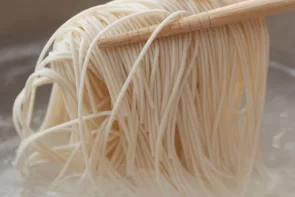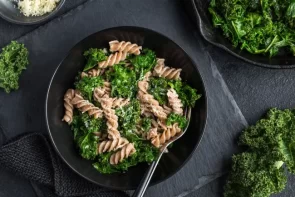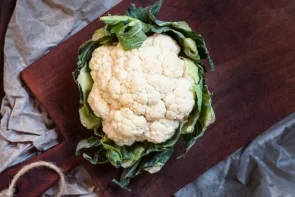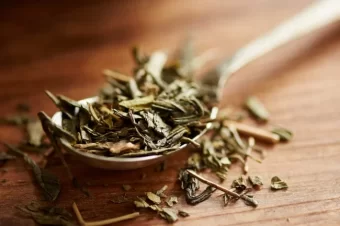Carbohydrates In Pasta, Rice, Couscous And Co.: Are They All The Same?
Our expert explains which prejudices can be safely forgotten and which foods are suitable for a balanced diet.
Pasta, rice, and couscous: what are carbohydrates and how do they differ?
What are carbohydrates and what are they in?
Over the years, a number of prejudices about certain foods have settled in our minds. We think avocado is good and peanut butter is bad, even though both are sources of healthy fats, and we also believe that a plate of pasta is worse than a plate of rice. (Spoiler: It isn't.) Why? Mainly because of the lack of knowledge about carbohydrates, not to mention the widespread fear of them (known as carbophobia). It is still ingrained in many people, even though carbohydrates are actually an integral part of our diet and are responsible for keeping us energized for the day. Also, other sources of carbohydrates have a much better reputation than pasta, such as B. couscous or bulgur. But is there really a difference, after all, both are made from the same grain? Dietitian and nutritionist Mireia Cabrera from the Teknon and Júlia Farré centers in Barcelona really helps us to understand if there is a healthier and/or easier option.
Carbohydrates from pasta, rice, or couscous - which ones are healthier?
In reality, even if we believe that some carbohydrates are healthier than others, there is no difference. What really matters has nothing to do with the type of food we choose, but with the processing process that the grain went through. "There are two broad groups, refined grains, and whole grains. If we compare a plate of pasta and a plate of couscous, they are very similar nutritionally, as they both have durum wheat semolina as their main ingredient. The only thing that makes a difference in the foods that do." accompany the respective dish. However, it looks completely different when we compare a dish made with whole wheat pasta with one made with white flour, "explains Mireia Cabrera.
So why this good or bad reputation of one or the other? From a bromatological point of view (the science of food preparation), says the nutritionist, "they are all sources of carbohydrates and have the main function of providing energy. Oats, bulgur, and couscous are foods that weren't so easy to come by a few years ago and which are now 'in vogue' which may give the wrong impression that they are healthier - whether they are more or less healthy depends on whether or not they are made from whole grains, on the amount we add to from us and from the other ingredients with which we accompany them, "she emphasizes. "It's not the same thing using whole-grain oatmeal and some supermarket-bought cookies that have 30 percent whole-grain oat flour," she clarifies.
What is the difference between cereals, legumes, and tubers as a source of carbohydrates?
Although the plate of pasta comes to mind when we think of carbohydrates, foods made from grains - as I said, rice, bulgur, couscous, etc. - are not the only source of carbohydrates. Bulbous fruits such as potatoes, cassava, or sweet potatoes, but also legumes (chickpeas, beans, lentils) are also rich in this nutrient. So are they all the same? Basically yes: "If you compare whole grain cereals with potatoes or legumes, there are no major nutritional differences," confirms the specialist, adding that "all of these options are good sources of carbohydrates". However, she adds that perhaps we should pay a little more attention to the boiled potato, because "there are studies showing that it is one of the most filling foods".
How valuable is quinoa?
This popular food - some say superfood - is a case in itself because technically it's not a grain. But "it is a pseudo-grain, which means that it contains more protein than an ordinary grain-like pasta or rice," explains Mireia Cabrera. Therefore, as expected, it is a good choice, because that property "makes it behave more like a legume than a grain, that is, it doesn't make blood sugar so high as rice or white pasta. Quinoa is a very." nutrient-rich alternative, although this also applies to whole wheat pasta and rice, "explains the nutritionist.
Which carbohydrates should we reduce?
In many cases, we can lose our fear of carbohydrates without forgetting that it is important to have a varied and balanced diet. From this point of view, the ones that we should reduce are also the most obvious: "Refined foods such as rice, pasta or white bread. This also includes processed carbohydrates such as chips, ready-made meals, or baked goods. In contrast, we should use whole grain variants of all types of grain, as well as legumes and tubers such as potatoes, Prefer cassava or sweet potatoes, "recommends the expert.
Which quantities are recommended?
First, we have to dispel the myth that carbohydrates tend to "make you fat" in the evening (yes, this statement is completely wrong), and then realize that nothing is healthy in excess. In order to calculate the correct amounts, the nutritionist refers to the famous Harvard plate method: "A quarter of our plate, both at lunch and at dinner, should be occupied by a source of carbohydrates such as grain. That corresponds to around 50 grams brown rice (unprocessed) or a slice of whole-grain bread, always accompanied by lots of vegetables and a source of high-quality protein."
Comments
